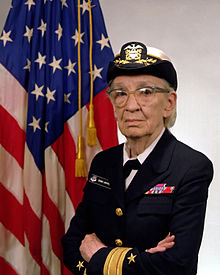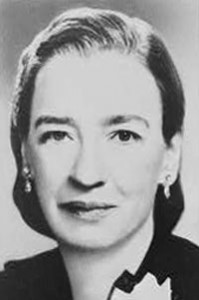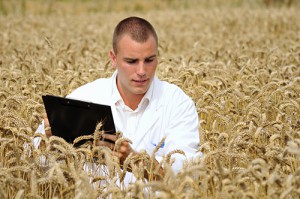March is Women’s History Month so I am highlighting women in technology. There are many women who made contributions to computing, education, design, and communication. I will spotlight just a few here and encourage you to read about others. Perhaps there are some within your own family who had an early impact on the technology that we enjoy today.
Ada Lovelace
Ada Byron, Countess of Lovelace, is the first to come to mind when I think of women of technology. Born in 1815 in England to poet Lord Byron and his wife, she showed an early aptitude for analytics. Beginning in 1833, she partnered with Charles Babbage to develop plans for a difference engine and later an analytical engine. These were some of the earliest ideas for a mechanical computer. Of the two, she was better able to articulate the promise and purpose of these inventions and completed much of the documentation. She is widely cited as author of the first algorithm.
The First Computers
During World War II, female mathematicians were hired to do calculations for tables of firing and bombing trajectories. They were known as “computers.” They did much of their work with calculators that were mechanical and driven with electric motors.
According to Kay Antonelli, one of the early computers:
“You’d do a multiplication and when the answer appeared, you had to write it down to reenter it into the machine to do the next calculation. We were preparing a firing table for each gun, with maybe 1,800 simple trajectories. To hand-compute just one of these trajectories took 30 or 40 hours of sitting at a desk with paper and a calculator. As you can imagine, they were soon running out of young women to do the calculations.”
Fortunately, the ENIAC computer was developed in 1945 to automate a lot of the processes. As a result, many of the early “computers” became the first programmers for the ENIAC.
Grace Hopper

Commmodore Grace M. Hopper, Courtesy U.S. Navy DN-SC-84-05971
Grace Hopper graduated from Vassar College in 1928 and joined the faculty shortly after as a math and physics professor. She took a leave from teaching in 1944 to join the Naval Reserves. She was assigned to the Bureau of Ordnance Computation Project at Harvard University where she worked on the first Mark series computers and later on the ENIAC and UNIVAC. She had a talent for programming and in particular for natural language programming, and is credited with popularizing the term “debugging.” She helped develop the forerunner to COBOL, one of the first programming languages to move away from machine language, or ones and zeroes. Next time you pull up your favorite programming language, thank Rear Admiral Grace Hopper.
Anita Borg
Anita Borg was a brilliant computer scientist and a proponent of women in technology. She received her PhD in computer science in 1981 and developed a specialty in high-speed networking and high-speed memory systems. In 1994, she helped create the Grace Hopper Celebration of Women in Computing conference. In 1997, she founded the Institute for Women and Technology, which is now the Anita Borg Institute for Women and Technology. She once stated that her goal was to have 50 percent representation for women in computing by 2020. While we are still not at that level, the efforts of Anita Borg, Grace Hopper, and others are bringing us closer.
Thoughts
Many of the earliest pioneers of technology and computing were women, by choice or by circumstance. As we celebrate Women’s History Month in March, take a moment to remember their contributions and encourage young women to follow in their footsteps and build on their legacies.
 About Kelly Brown
About Kelly Brown
Kelly Brown is an IT professional and assistant professor of practice for the UO Applied Information Management Master’s Degree Program. He writes about IT and business topics that keep him up at night.





